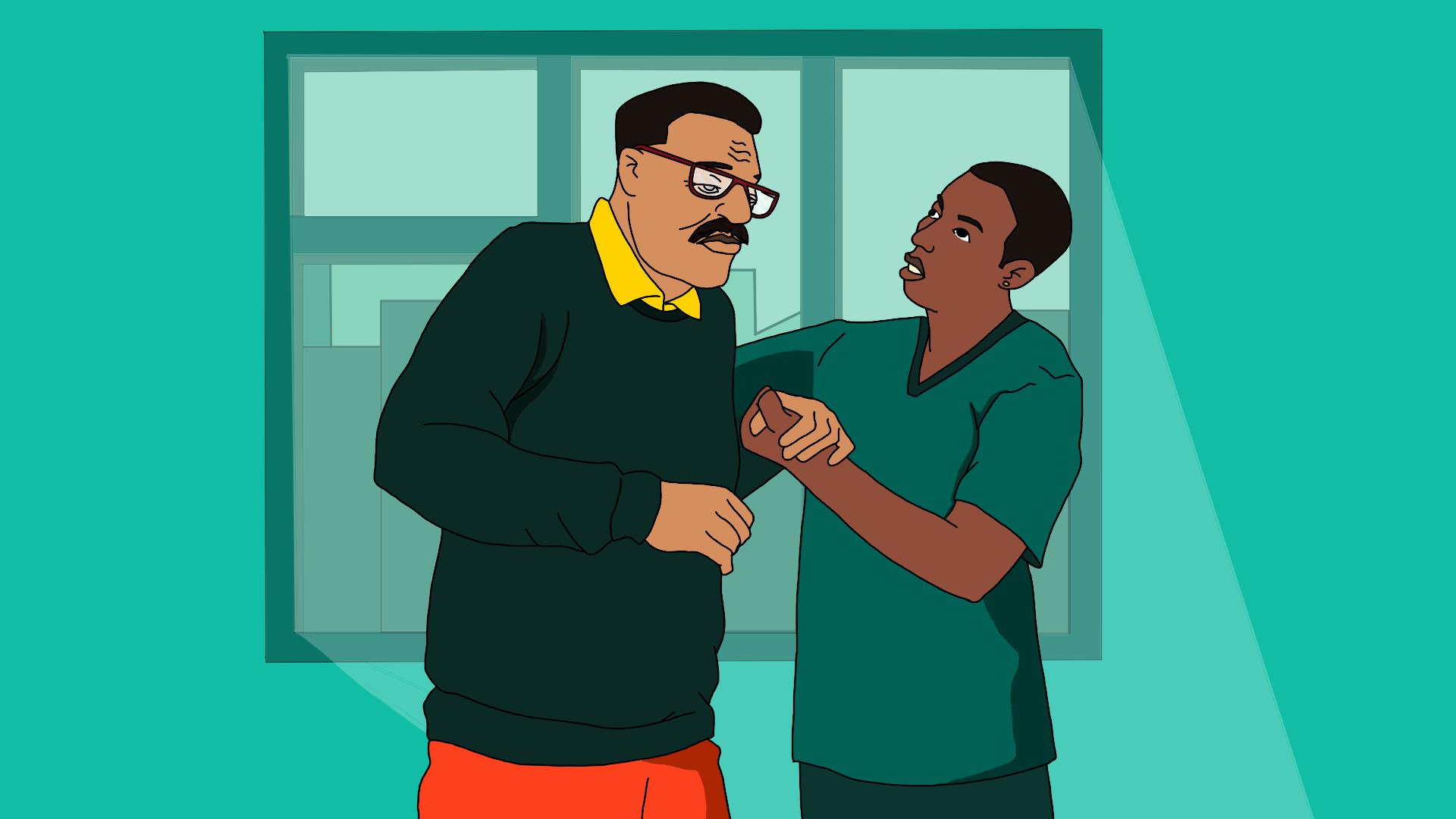🎧 Listen to: Parkinson’s Disease (s)

Parkinson’s Disease
What is Parkinson’s disease?
Parkinson’s is a progressive brain disorder that affects movement. It happens when dopamine-producing cells start to break down, leading to tremors, stiffness, and slow movement.
What are some misconceptions associated with Parkinson’s disease?
- It’s not just an ageing disease—though more common in older adults, not all elderly people develop it.
What are the symptoms of Parkinson’s disease?
- Early signs: Loss of smell, constipation, small handwriting, and voice changes.
- Motor symptoms: Tremors, slow movement (bradykinesia), stiffness, and balance problems.
- Other symptoms: Facial masking (reduced expression), shuffling walk, sleep disturbances, and increased skin issues.
What are the causes of Parkinson’s disease?
- Age: Mostly affects people 50+.
- Genetics: Family history increases risk.
- Environmental factors: Exposure to toxins, pesticides, and head injuries may contribute.
- Gender & race: Men are more affected; white populations have higher rates.
How is Parkinson’s disease diagnosed?
There’s no single test for Parkinson’s—doctors diagnose it based on symptoms and neurological exams.
What is the treatment for Parkinson’s disease?
- Medications: Levodopa (boosts dopamine), dopamine agonists, and other drugs to manage symptoms.
- Therapies: Physical, speech, and occupational therapy to improve movement and daily function.
- Surgery: Deep Brain Stimulation (DBS) implants electrodes in the brain to control tremors.
